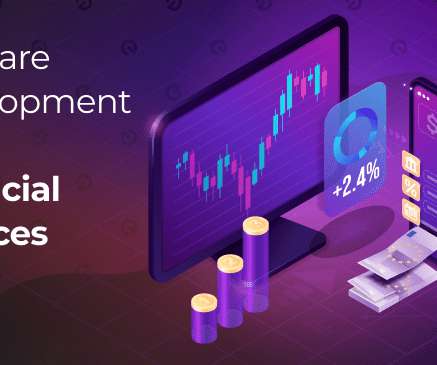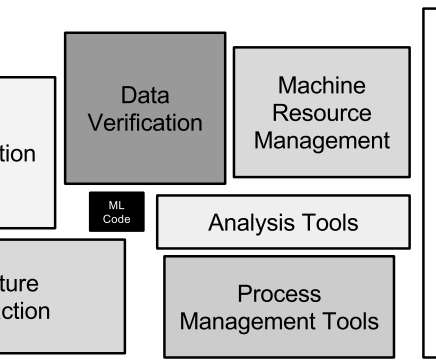MoneyGram profits from mainframe move to multicloud
CIO
JUNE 16, 2023
MoneyGram’s IT makeover When CTO Joe Vaughan joined the company two years ago, MoneyGram moved roughly 8% of its workloads to the cloud. “Our Our cloud journey continues to mature,” says Vaughan, who decided to modernize 75% of MoneyGram’s microservices in Kubernetes but not all applications out of the gate.















Let's personalize your content